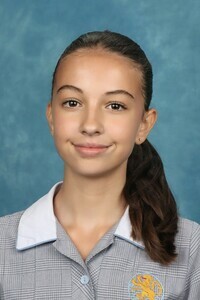40037304
BIO
Description
Resource summary
| Question | Answer |
| Nucleus | directs the activity of a cell; it contains chromosomes with the DNA |
| Cell membrane | Forms outer boundary of cell and allows only certain materials to move into or out of the cell |
| Cell wall | Provides structure to the plant cell |
| cytoplasm | A gel-like material inside the cell; it contains water and nutrients for the cell |
| Nuclear clear membrane | Separates the nucleus from the cytoplasm |
| Endoplasmic reticulum | Moves material around in the cell |
| Ribosomes | Make protein for the cell |
| Golgi Body | Are used for packaging and secreting of energy |
| Mitochondria | Breakdown food and release energy to the cell |
| Lysosomes | Are chemicals used to digest waste |
| Vacoules | Are storage areas for the cell |
| Chloroplasts | Contains Chlorophyll that makes food for the plant cell and is where photosynthesis happens |
| Eukaryotic cells | - Much larger (50-300um) -Contains nucleus and organelles - Two kinds : Plant and animals |
| Prokaryotic | -Include all bacteria - Smallest cells (10um in diameter) -No nucleus -No organelles -Unicellular |
| How to determine plant or animal cell | - Cell wall - Large Vacoule - Contain chloroplast |
| What are cells measured in? | Micrometres (um) |
| 3 Basis ideas of the cell theory | - All living things are made of cells -Cells are the basic building blocs of all organisims - Cells are generated from cells; That is, new cells are formed from the division of parent cells |
| All living things hare 7 common characteristics | Movement Respiration Sensitivity Growth Reproduction Excertion Nutrition |
Want to create your own Flashcards for free with GoConqr? Learn more.

